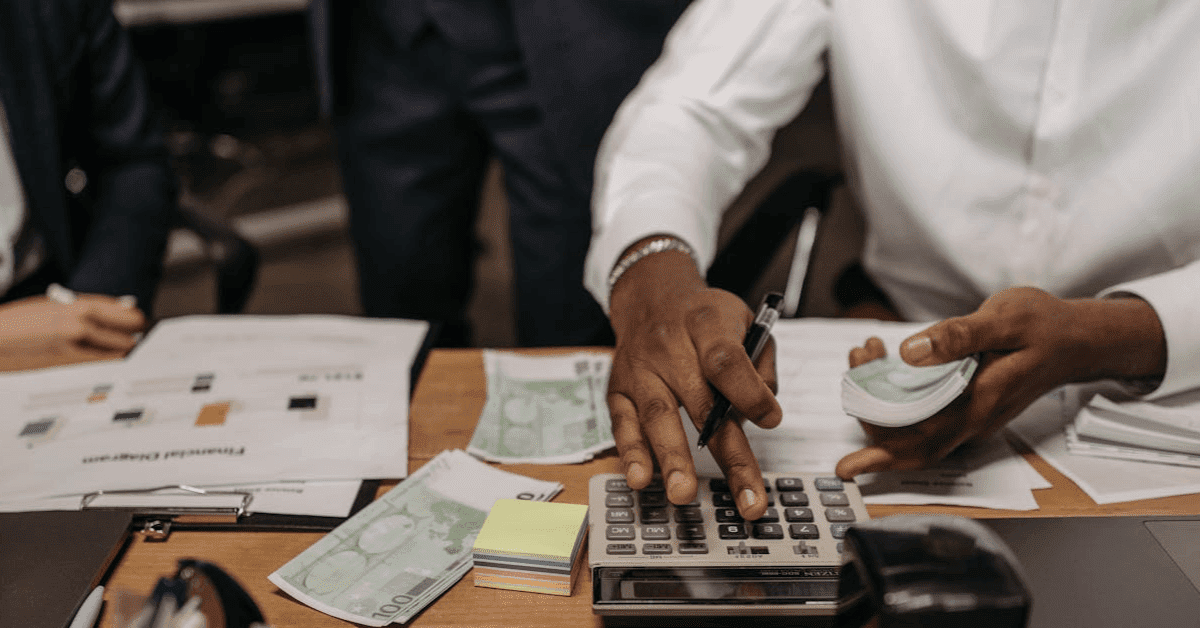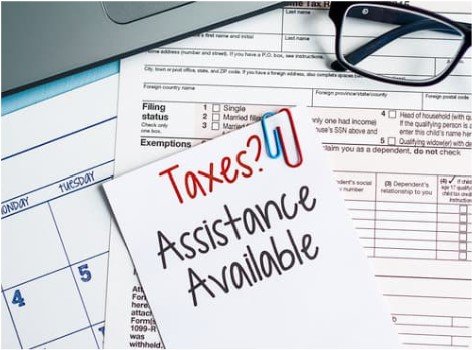Slip and Fall Accidents: Understanding Liability, Rights, and Prevention

Introduction
Slip and fall accidents are common occurrences, often resulting in injuries that can be painful, costly, and life-altering. Whether it happens in a supermarket, on a wet floor in a restaurant, or on an icy sidewalk, understanding the legal aspects of slip and fall accidents is crucial. In this article, we’ll explore the key factors involved in slip and fall incidents, including liability, the injured party’s rights, and prevention measures.
Liability in Slip and Fall Cases
Liability in slip and fall cases typically revolves around the concept of negligence. In order to establish liability, several elements must be proven:
- Duty of Care: Property owners or occupiers have a duty to maintain a reasonably safe environment for visitors or customers. This duty may extend to regular inspections and maintenance to prevent hazardous conditions.
- Breach of Duty: The injured party must demonstrate that the property owner or occupier failed to fulfill their duty of care by allowing or causing a hazardous condition to exist.
- Causation: The hazardous condition must have directly caused the slip and fall accident, resulting in injury.
- Damages: To pursue a personal injury claim, the injured party must have suffered actual damages, such as medical bills, lost wages, or pain and suffering.
Rights of the Injured Party
If you’ve experienced a slip and fall accident, it’s essential to understand your rights:
- Seek Medical Attention: Your health should be the top priority. Seek immediate medical attention, as injuries may not be immediately apparent. Medical records will be essential in supporting your claim.
- Document the Scene: If possible, document the scene of the accident by taking photographs or videos. Capture any hazardous conditions, such as wet floors, icy walkways, or debris that contributed to your fall.
- Report the Incident: Notify the property owner, manager, or an employee of the incident as soon as possible. Request that they complete an accident report and retain a copy for your records.
- Collect Witness Information: If there were witnesses to the accident, collect their contact information. Witnesses can provide crucial statements in support of your claim.
- Preserve Evidence: Preserve any evidence related to the accident, such as the shoes and clothing you were wearing, which may show signs of the hazardous substance.
- Consult an Attorney: Consider consulting a personal injury attorney experienced in slip and fall cases. They can provide guidance, assess the circumstances, and determine whether you have a valid claim.
Preventing Slip and Fall Accidents
Prevention is key to avoiding slip and fall accidents. Property owners and visitors can take steps to reduce the risk:
- Property Owners: Maintain a safe environment by regularly inspecting and addressing hazards, such as spills, uneven surfaces, or icy walkways.
- Visitors: Exercise caution when walking in unfamiliar places or in adverse weather nexusediciones.com. Pay attention to warning signs, and wear appropriate footwear.
- Public Places: Businesses and public spaces should have safety measures in place, such as non-slip flooring, proper lighting, and clear warning signs in areas prone to hazards.
Conclusion
Slip and fall accidents can lead to serious injuries and complicated legal situations. Understanding the liability factors, the rights of the injured party, and prevention measures is essential for both property owners and visitors. If you’ve experienced a slip and fall accident due to negligence on the part of a property owner, consider consulting a personal injury attorney who can help you navigate the legal process and pursue compensation for your injuries and damages.





